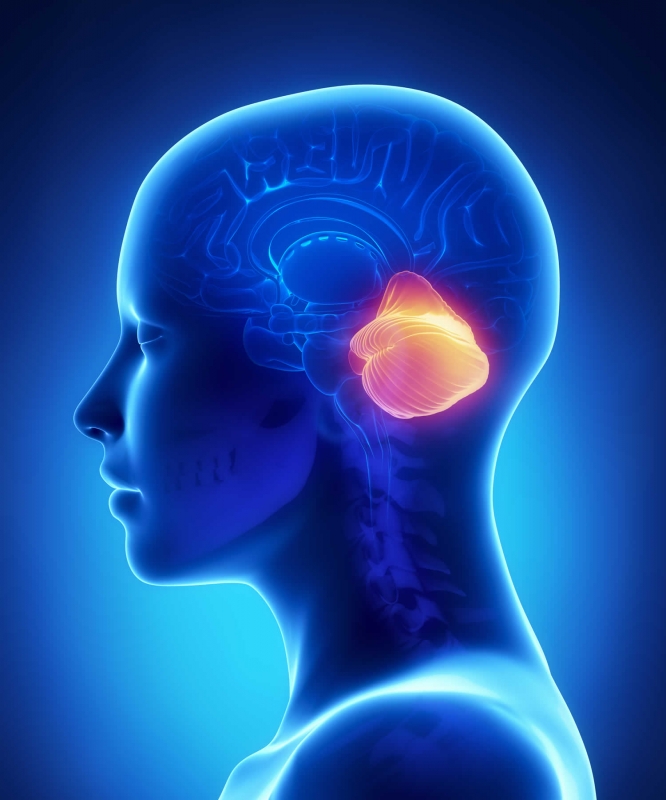
Rebuilding Balance, One Step at a Time
Spinocerebellar Ataxia (SCA) can affect coordination, speech, and mobility—making daily activities challenging. At PAL Physiotherapy, Gurgaon trusted neuro-rehab center, we offer comprehensive physiotherapy care to help patients with SCA live better, safer, and more independently.
Led by senior physiotherapist Dr. Rajesh Pal, our personalized treatment approach focuses on improving balance, posture, and coordination using the latest neurophysiotherapy techniques.
Spinocerebellar Ataxia is a rare, progressive neurological disorder that affects the cerebellum—the part of the brain responsible for movement coordination. SCA is usually inherited and leads to symptoms like poor balance, unsteady gait, slurred speech, tremors, and difficulty with fine motor skills. While there is no cure, physiotherapy can significantly improve functional ability and quality of life.
Physiotherapy is a vital component of managing and slowing the progression of Spinocerebellar Ataxia. At PAL Physiotherapy in Gurgaon, we tailor treatment plans that promote safety, mobility, and independence through:
When it comes to managing SCA, trust a physiotherapy clinic that understands the complexity of the condition and the human side of healing.
At PAL Physiotherapy, every SCA treatment plan is built around:
Home Integration – Exercises and techniques adapted for use at home, empowering both patients and caregivers
Your sessions at PAL Physiotherapy are structured yet supportive. Each visit typically includes:
Do not let Spinocerebellar Ataxia define your limits. With expert-guided physiotherapy at PAL Physiotherapy Clinic in Gurgaon, every session is a step toward better movement and a safer, more independent life.
Visit us in Sector 41 or Sector 56, or request a home visit anywhere in Gurgaon
Call 98113 43417 to speak with our team
Book an Appointment
SCA is a hereditary neurological disorder causing progressive loss of coordination. While it cannot be cured, physiotherapy, occupational therapy, and speech therapy help manage symptoms, maintain function, and improve safety.
Yes. Balance and gait training are core components of physiotherapy for SCA. With consistent therapy, many patients see noticeable improvements in stability and walking ability.
Absolutely. PAL Physiotherapy offers home visit services across Gurgaon, ensuring continuous and comfortable care for patients who may struggle with travel. Book a home session here.
Progress varies based on the stage of the disease and patient consistency. Many individuals begin noticing improvements in coordination and safety within 4–6 weeks of regular sessions
Yes, exercises are customized to improve gait, coordination, trunk control, and daily functioning. These include balance drills, stepping patterns, and task-specific training.
While physiotherapy cannot stop the disease, it can slow functional decline, prevent secondary complications, and significantly improve quality of life with early and consistent intervention.
